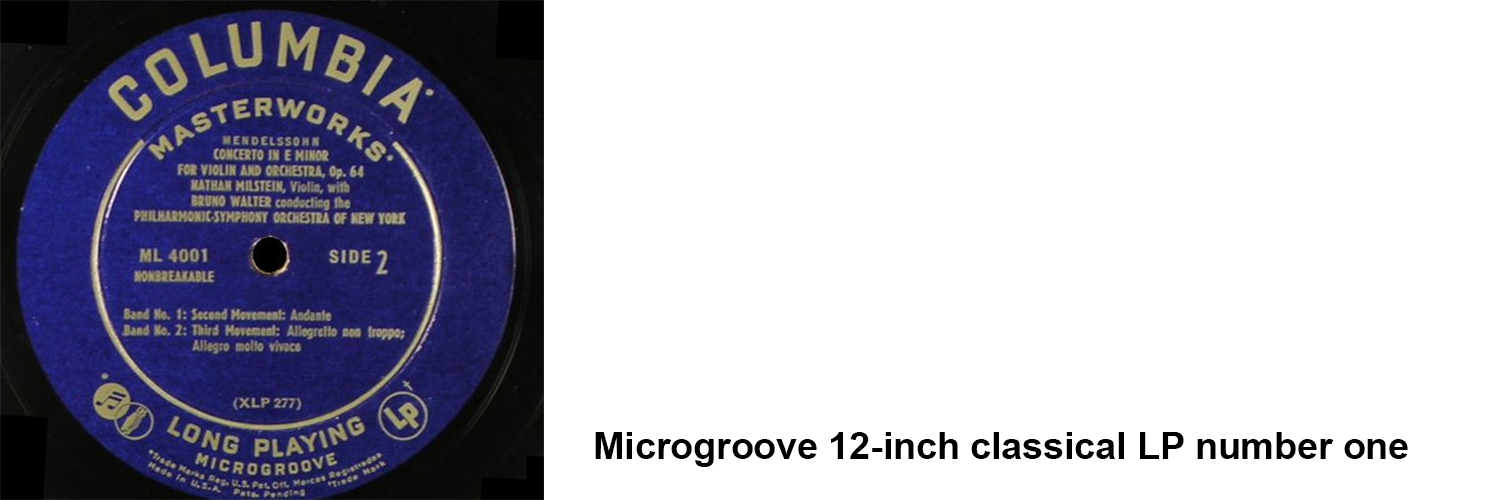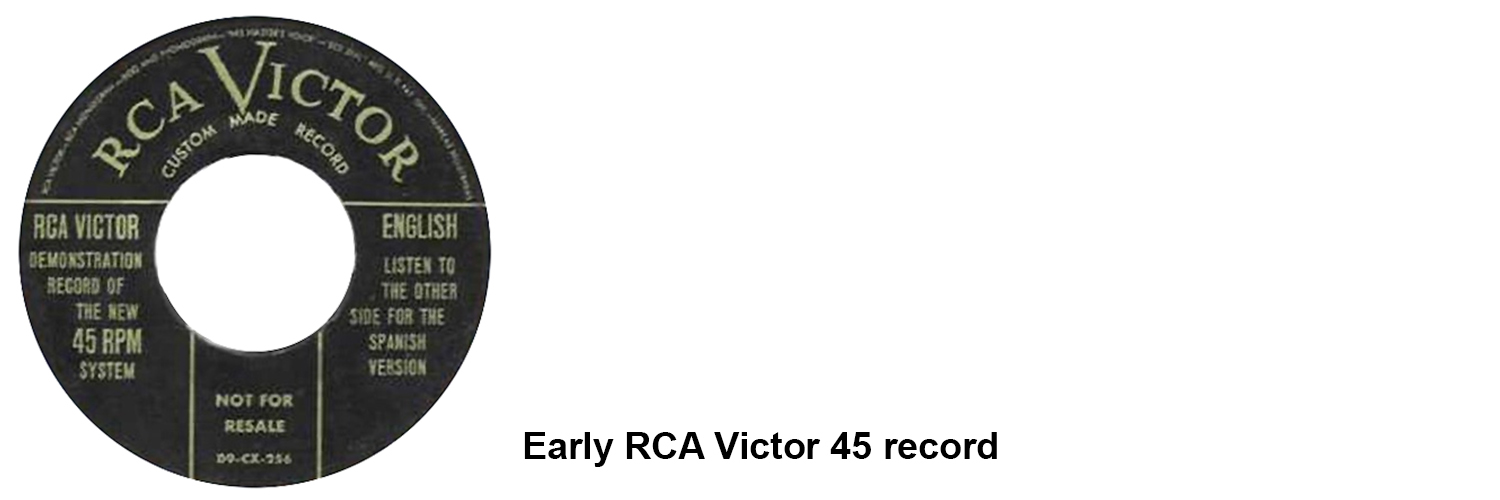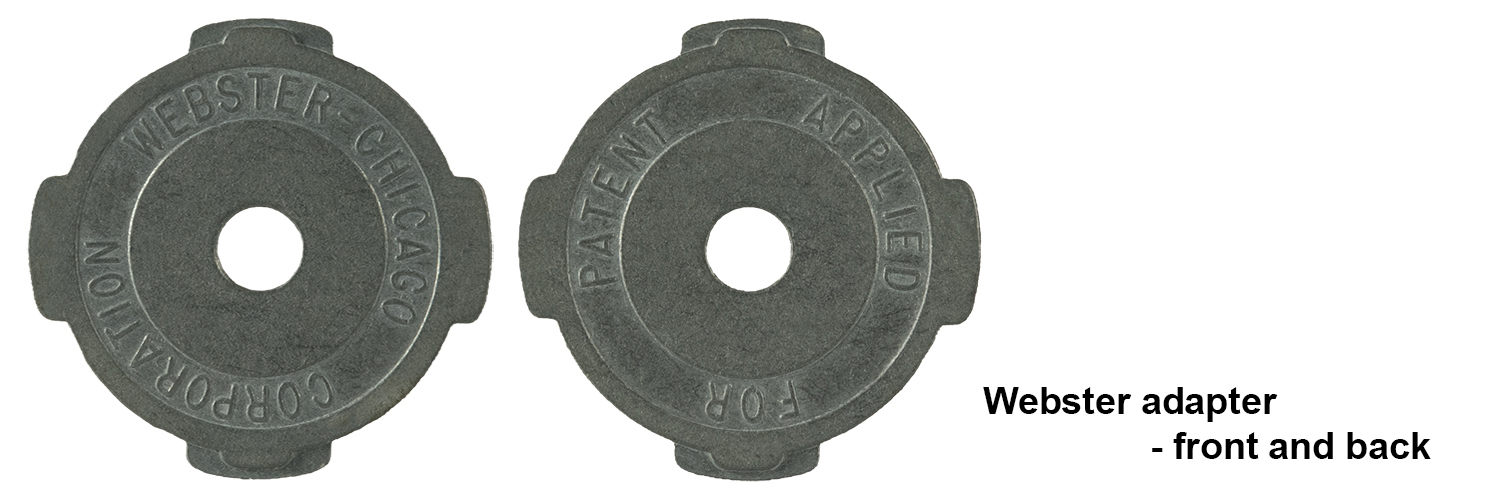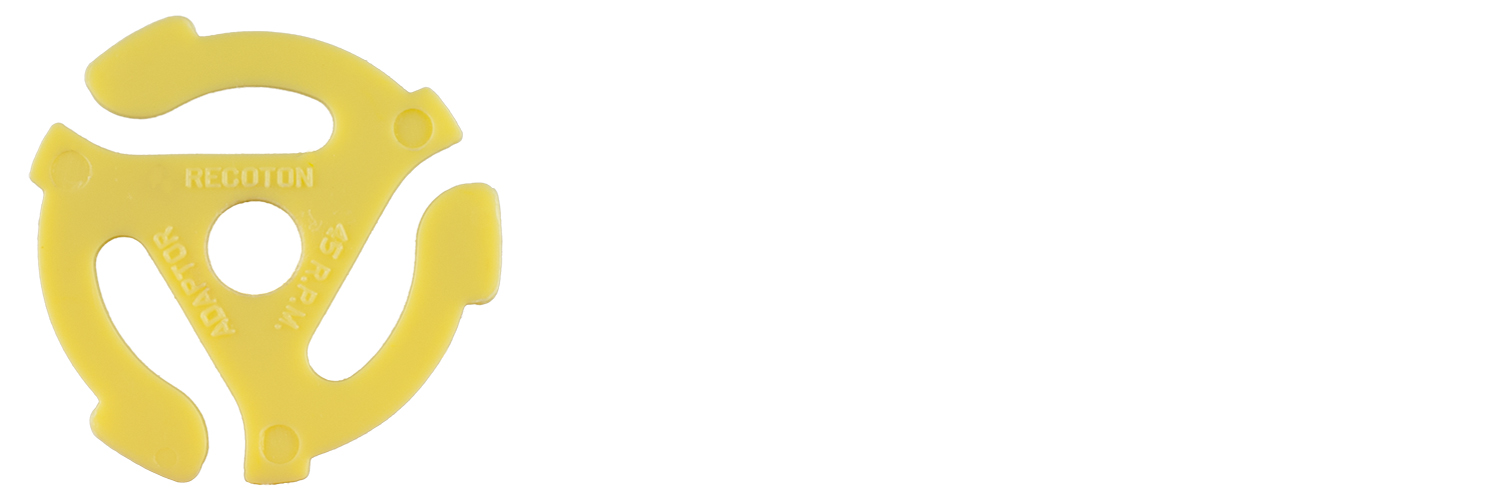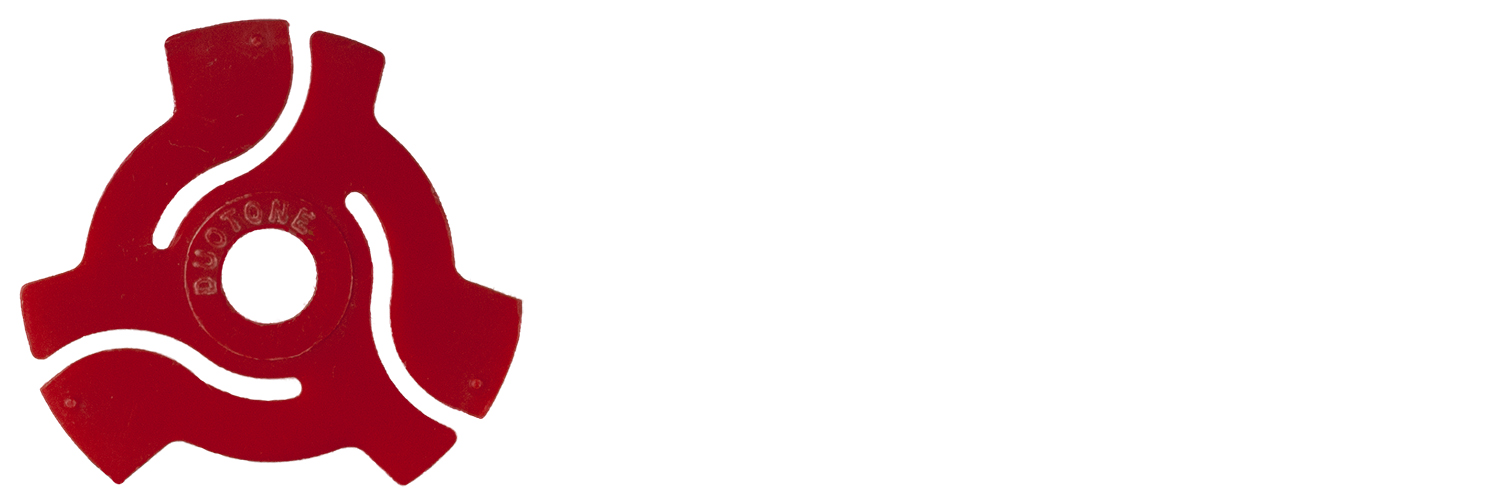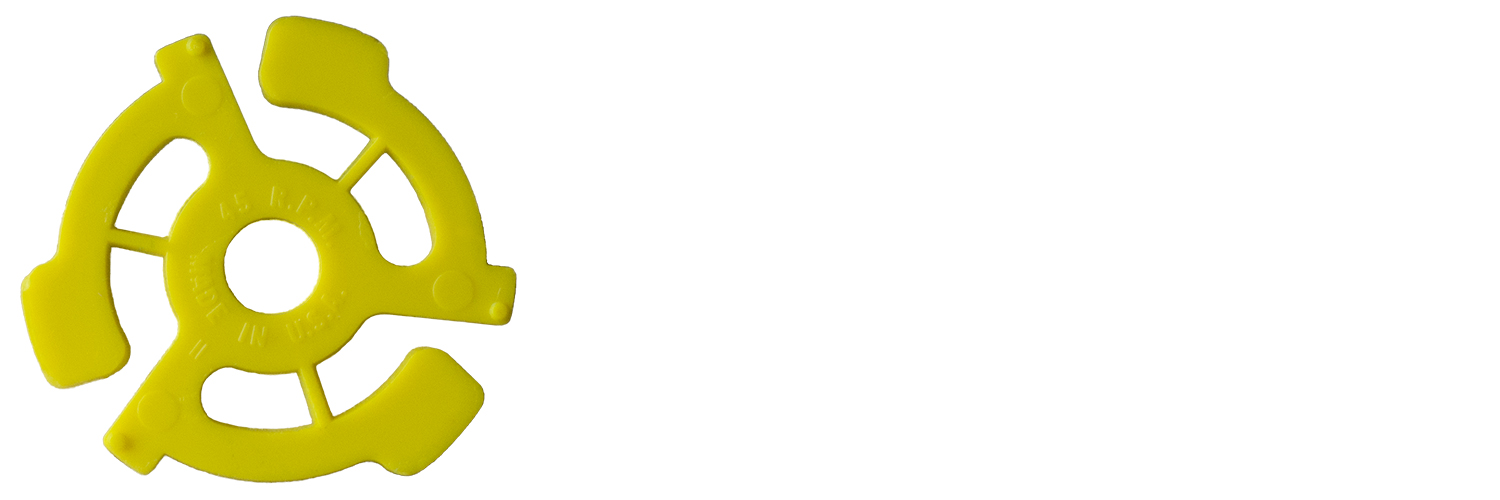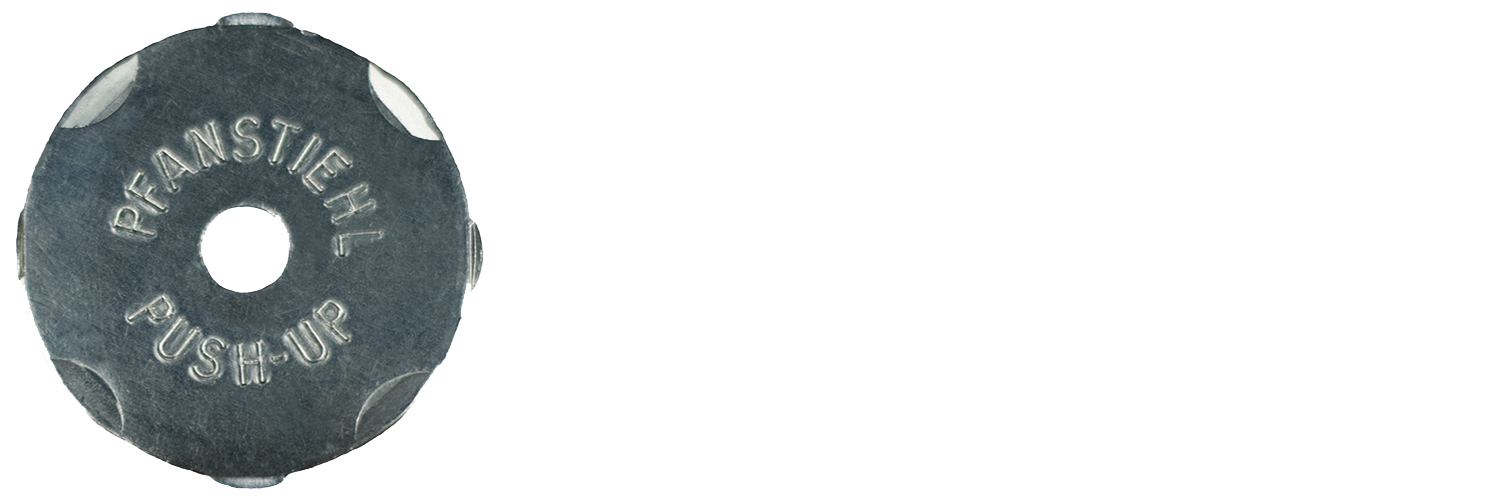My first memory of records, and quite honestly music in general, was probably around 1964. I remember playing my cherished copy of The Beatles “I Want To Hold Your Hand” over and over again while amazingly never getting tired of it. No need to wait for my favorite song to make its way around the radio station music rotation. Nope, I was now high tech with my 45 records! Nothing ever has, or ever will, sound better than that did. I considered the amazing 45 nothing short of a miracle! I don’t recall much about the record player at the time, but I’m sure it was just the standard box style that looked more like a cheap square suitcase than anything else. Apply the penny weight as needed and play your music to your hearts content. Then when finished, flop the cover back onto the top of the record player, flip the latch and mom was happy. No more mess. Now looking back at that time period, I wish I would have held on to all the 45 sleeves that came with the records. Instead I opted to toss the sleeves and attempted to defy physics by squeezing each and every one of my records into my properly decorated 45 record box (that also came equipped with the cover and the standard latch). Somehow I always managed to squeeze “just one more” record into that box, while obviously giving no thought to the resulting damage to the poor records. Good times!
During that time, I don’t recall if I used the snap in style record adapters or if my record player came equipped with the spindle adapter that fit oh so perfectly over the center post. Whatever the case, I somehow managed to center my 45 record on the record player close enough to avoid the never forgettable and awful “wow” sound of a record not being perfectly centered on the player. It was several years ago while searching eBay for my next magical find that I came across a record adapter that I had never seen before. In case you’re wondering, it was the Goldring adapter. That got me thinking, what else is out there? Did other countries use different adapters? What ever happened to them? So many questions and oh so few answers. Thus began my search and all and out quest to find every single adapter style and color variation available. I’ve spent a lot of time trying to research the history of the adapters, but to be honest; there isn’t a lot out there. I’ve found blogs to probably be the best source as there are a lot of knowledgeable people out there who actually know about stuff like this. I can’t guarantee that everything I post here is perfectly accurate, so if you find any inconsistencies or mistakes, please let me know.
- THE DEVLEOPMENT OF RECORDS
Maybe I should start with a brief history of records themselves. The earliest form of any sound reproduction that I’ve been able to come up with at all was in 1857. Leon Scott invented the phonautograph which didn’t actually reproduce sound, but instead used a vibrating diaphragm and stylus to “graphically” record sound waves.
It was purely a visual display, and I have not found anything to indicate that he ever gave any idea to the thought of actually reproducing the sound itself. That didn’t happen until 20 years later in 1877 when Thomas Edison invented the phonograph. After being unsuccessful in reproducing sound via a wax medium, Edison finally managed to find success by wrapping tinfoil around a grooved metal cylinder. A sound-vibrated stylus indented the tinfoil while the cylinder was rotated which then created the recording which could then be played back immediately. Over the next ten years or so, he improved the sound by creating a phonograph that employed a hollow wax cylinder in place of the tinfoil. It was that hollow cylinder that ultimately created the recorded sound market which lasted from the end of the 1880’s through the early 20th century.
Columbia also developed a similar wax cylinder called the Graphophone. The Columbia Graphophone Type Q was the least expensive phonograph offered by any manufacturer and sold for only $5.
The first known lateral cut record was in 1889 and developed by Emile Berliner, who named his system that played 5” records the Gramophone. To make a long story a bit shorter, let’s just say that there was more or less a “war” of what format would win out. Sound a little like the Betamax/VHS battle? Ultimately, sometime during the 1910s the lateral cut record won, although Edison continued to produce his new and improved Blue Amberol cylinders until late in 1929.
By the early 1920’s, recording had started to vastly improve. Western Electric and advanced technology to the point to where electronic recordings were possible through a microphone. As a result of the improved frequency responses, sounds were more dynamic and sounded more life-like than ever before. During that time period, record speeds which had varied dramatically over time, appeared to have settled in at 78 rpm’s. Most were between 74 and 82 rpm’s. Thinking is that there was no science behind the 78 rpm other than it was a speed that people ultimately settled on or at the very least, just became the most common. Record sizes also varied during that time period, normally ranging from 5” to 12”.
The the 10″, 78 records were clearly the standard until Columbia Record Company finally introduced the 12”, 33-1/3 microgroove record album in 1948. This allowed for longer play times and was made in less fragile vinyl or polystyrene.
Ok, I knew you never thought we would get here, but THIS brings us to the point to where the 45 record was finally developed! Take a deep breath because here’s where it gets interesting or at the very least, a bit confusing. Columbia was obviously flying high on the release of the 12” vinyl records which had been a result of many years of research. Columbia’s rival, RCA Victor who clearly saw the potential in Columbia’s work, refused to accept and license Columbia’s new system. No surprise there! As a result, in February of 1949, RCA Victor came up with their own design and released the first 45 rpm single that had the large 1 ½” center hole.
Although the 45’s were only developed to play single songs, they had one important feature that the 12” records didn’t have at the time; they could be played on drop-changer players which allowed stacked records to play up to 50 minutes of uninterrupted music. This is something that was never possible with 78’s since they were so fragile and would easily break into pieces if dropped down a spindle.
Obviously, Columbia was pushing hard for their long-playing (LP) record to become the standard while at the same time RCA Victor was doing the same with their 45’s…the whole Betamax/VHS thing again. Once again, I’ll try to make a long story short. It eventually became quite apparent that there was more than enough room for both. The LP record with the small hole (the same as 78’s) was a huge success and worked great for longer playing music, while the 45’s with the large hole were perfect for single hits. Finally in the mid-1950s all the record companies agreed to a common recording standard called RIAA equalization, but the two size holes continued to exist. Even though many standard record players at the time were capable to playing at different speeds, the size of the hole did create some problems and headaches for consumers. The tall and thick 45 spindles that were made to attach to the thin spindle on the record players and allowed the playing of 45 records often broke or were lost. And THAT, was the birth of the 45 adapter!
- THE 45 RECORD ADAPTERS
To solve the problem of playing the large-holed 45 record on a record player with a small spindle, Webster Electric Company of Chicago created the first 45 record adapter. It was invented by Frank A. Jansen under US patent #2585622. The patent was applied for in 1949 and ultimately issued in 1952. The Webster adapter was made of tin and had four teeth where two would fit on each side of the record.
The good news for the Webster adapter was that it was extremely strong and rigid. The bad news for the Webster adapter was that it was extremely strong and rigid. I believe this is where the term double edge sword really comes into play. It was difficult at best to insert the adapter into the record, and one had to follow the instructions closely in order to not break the record while inserting it. Unfortunately, it was even more difficult, if not nearly impossible, to remove them once they were in. To make matters even worse, if left in too long, many 45 would have a tendency to warp over time due to the pressure being applied by the adapter. Oh yes, there’s more bad news. If too many 45’s were stacked on the spindle, as more and more dropped down to be played, the records below would have a tendency to start to spin on each other due to the lack of friction and the records not being interlocked. That obviously made for an unfavorable playback. And then there was one final bit of bad news, and what was likely the final nail in the coffin for the Webster adapters, they were quite expensive to manufacture.
Thus came the era of the plastic adapters. I believe from reading as much as I possible could on this subject, that the first plastic molded insert adapter was invented by James Morrison for the Voice of Music Corporation out of Benton Harbor, MI. The patent number for this was 2712943 which was filed in 1951 and finally issued in 1955. The photo of the patent image is shown below. That was only the starting point though. From there, manufactures experimented with many different designs, shapes and colors of adapters. Many of these are shown in the Vintage Plastic Adapters section of this website. With many designs being produced, three designs appear to have been the major players or at least the most popular; the Recoton adapter, the Duotone adapter and the Hutchison adapter.
The Recoton adapter is probably the most recognizable of all the adapters. You’ll find this design on everything from t-shirts, to earrings and even coasters with yellow being the most popular color. With the ever increasing and resurging interest in vinyl, the Recoton adapter design is “almost” a common site these days. As you can see in the picture below, the Recoton adapter has a triangular center and three “arms” that make contact with the record and hold the adapter in place. They were flexible so that they were easily installed and removed from 45 records. Other companies created adapters that were clearly modeled after the Recoton. Fidelitone from NY and Automatic Plastics from Canada where two such companies.
The Duotone adapter as shown below was also a very popular adapter during this time period. Unlike the Recoton, this adapter had 6 points of contact with the record. The designed seemed to be a bit more rigid than the Recoton, but both seem to have worked equally well. The Duotone design was licensed to various record player manufacturers, including Silvertone, which was the name for the Sears line of record players and Admiral.
The Hutchinson adapter was named after Tom Hutchison, an inventor from New Jersey. RCA president David Sarnoff (the company that started the whole 45 record thing), asked Tom Hutchinson to design (for lack of better words) a better adapter. Sarnoff was concerned about the slippage issue that was so painfully evident, especially with the Webster adapters. In the 1950’s, Hutchison eventually developed a plastic adapter with drive pins which were basically small bumps on both sides of the adapter. These drive pins would interlock when stacked on each other this forcing all the records on a stack to spin at exactly the same speed with no slippage at all. The adapter looked somewhat similar to the Recoton adapter except it was a bit more bulky with extra bracing struts.
The success of the Hutchinson adapter was evident, and other adapter manufacturers like Recoton and Duotone quickly added drive pins to their adapters as well. Unfortunately for them, the Hutchinson adapters had already grabbed a large portion of the market share.
While all this was going on, between 1950 and 1953, Capitol Records who was also dealing with the “hole” problem, released 45’s in what they called their “O.C. 45” format. The O.C. stood for Optional Center. During the manufacturing process, portions near the center of the record would be cut out and what remained would be a detachable insert which was connected to the record by 3 pins (points). This was a great way to solve the big hole problem, but the main drawback was that once the center was removed, it was out for good. It could not be reinstalled in the record. I always chuckle when I see a record with the center removed only to be replaced by a plastic adapter. Capitol discontinued their American O.C. 45 line in 1953, but they did manage to find a foothold in Europe.
It’s important to note that other record manufacturers also came out with removable centers. I have a page on this site (Vinyl Break Outs) dedicated to these. These removable centers were attached by either 3 or 4 pins, also known as contact points. All were removable, but none could be reinstalled except for only one that I know of. The re-insertable adapters were called “Jigsaw” centers, and are actually my favorite adapters of them all because of their uniqueness. The dies for these were predominately used during 1956 and 1957, although fairly randomly. These centers were used, to a lesser degree, throughout the EMI range (Columbia, Capitol, Parlophone & MGM).
After the fall of the original metal Webster adapter, the only adapters that were widely produced were the plastic adapters…well at least until the 70’s. It was at that time that the metal adapters suddenly reappeared. It seems that this came about as a result of one of the weaknesses of the plastic adapters; they had a tendency to pop out. The Pfanstiehl Corporation came out with a high-end metal adapter called the “Push-Up” adapter. This adapter would snap into a 45 from one side, while keeping the hole edges in pristine condition (a great feature for future record collectors). These were fairly easy to install and managed to stay in the record even if handled a bit roughly, as was the case with DJ’s who used them when spinning records.
Unfortunately for the record adapter industry, the introduction of the CD format in 1983 pretty much sealed their fate. All the manufacturers ceased production of their adapters as sales dropped from a reported 20 Million annual unit sales to nothing. Probably an easy decision on their part I assume. I guess you’re figuring that’s the end of the story, but nope, all good things somehow find a way to somehow re-emerge. Maybe it’s the whole “nature will find a way” thing. You can almost pinpoint the turning point for not only record adapters, but possibly the recent vinyl resurgence as well. In 1995, the manager of the Black Crowes contacted Tom Hutchison (remember him?) and asked him to design a record adapter for them. They wanted their design in the shape of three snakes to promote their record. They wanted to be able to toss the snake record adapters, which would also have their name on it, into the crowds at their concerts. Although Hutchinson declined giving the reason that it would be too costly with no guarantee that there would be any interest, the Black Crows did manage to find someone to manufacture their adapters. This seems to be the turning point, especially with artists like Jack White also actively promoting vinyl music. Today many artists, especially the Indy labels, now release their albums in CD and vinyl formats (still no reemergence of 8-Track tapes though). Although most adapters are sold for promotional purposes, there are still some manufacturers pumping out the adapters.
I hope this brief history helps shed a little light on how the adapters came about. I obviously did not mention all the different adapters that were manufactured, but I did try to address the main ones. I’m looking at this as a work in progress, so if you have any feedback, corrections or anything you feel should be added, please let me know.





